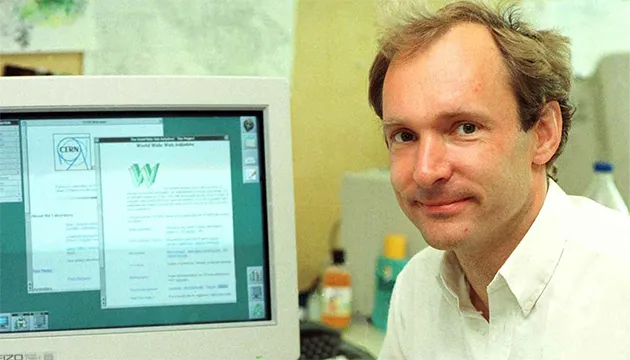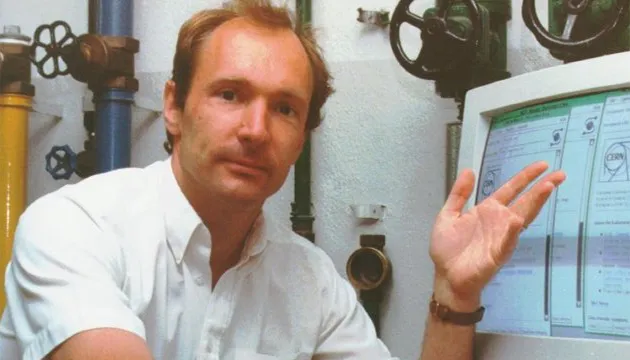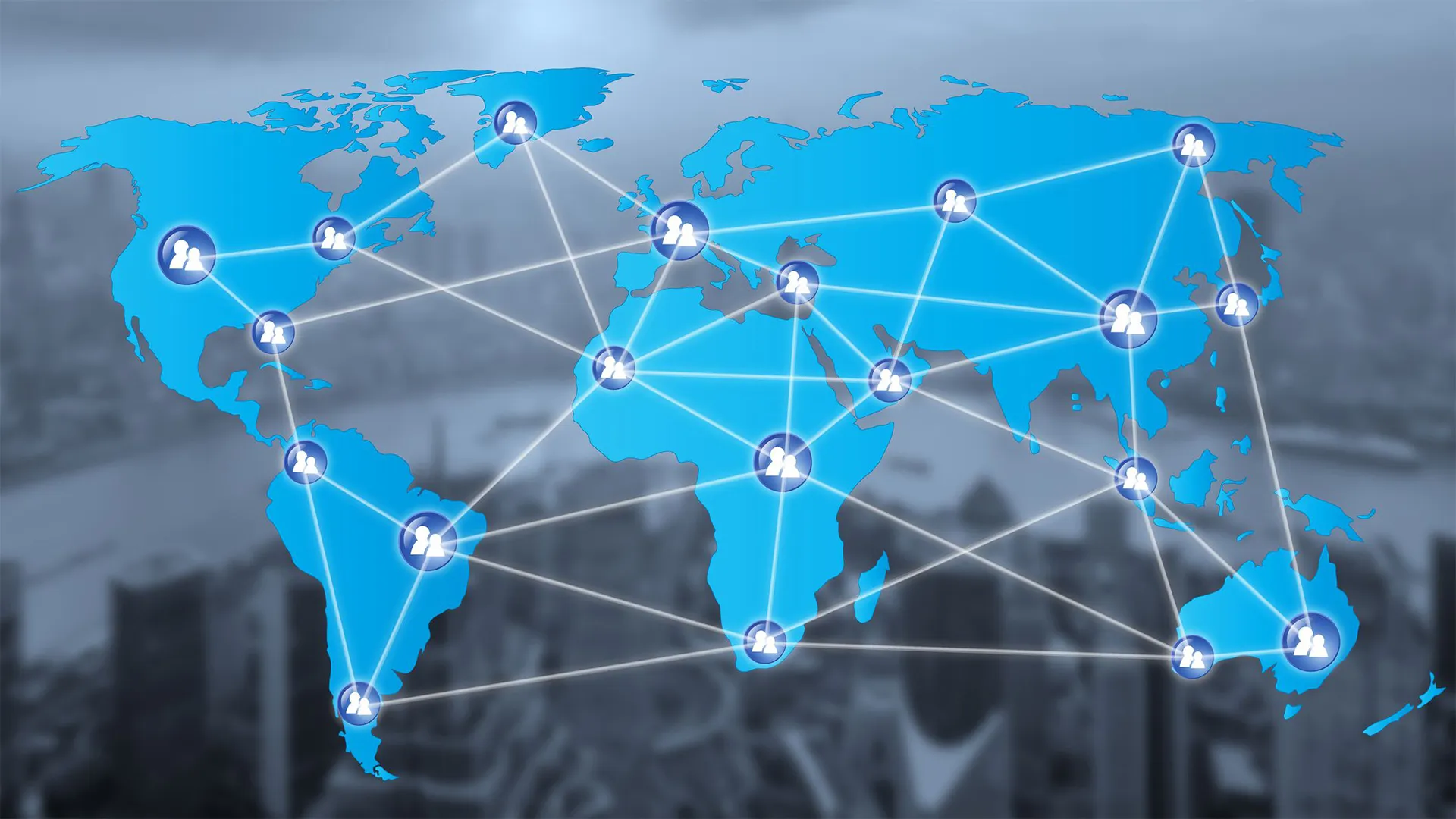Searching for queries, watching videos, communicating on social media – it’s hard to imagine our day without it. After all, more than two-thirds of the population uses the Internet. But have you ever wondered how the Internet came to be and how it is developing? In this article, we will look at the history of the World Wide Web from the Cold War to the present day.
The first mention of it dates back to the 1960s. However, the history of the Internet begins a little later.
In 1969, scientists were developing a computer network that could function even in the event of a nuclear attack, despite the failure of some of its parts. The project was called ARPANET (Advanced Research Institute Network). In the same year, four US universities installed ARPANET (Advanced Research Institute Network) nodes on their computers.
The network grew, and more and more scientists joined the project. At the end of 1974, computer scientists Bob Kahn and Vint Cerf created the concept of IP (Internet Protocol) and TCP (Transmission Control Protocol), a set of protocols that control the movement of data over the network. In simple terms, the protocols allowed computers to ‘speak the same language’.
Who invented the Internet?
It is difficult to answer the question of who created the Internet, because it was the result of the work of a large number of scientists.
The ‘father’ of the Internet is considered to be computer scientist Tim Berners-Lee, who created the World Wide Web (WWW) in the 1980s. This influenced the development of the global network, as it made it accessible to a wider audience.


Creating HTML code and websites
The history of the Internet would not have been possible without HTML code. It was invented by Tim Berners-Lee, who is often called the ‘father of the Internet’. This code became the basis for the creation of the WWW (World Wide Web) website. From then on, users could access data and navigate the Internet through hyperlinks.
However, due to the lack of a browser, graphic images could not be published, only text. That’s why the Mosaic browser was later created, which allowed displaying graphics as well. A few years later, the Internet Explorer browser was created on its basis, and then it became possible to browse websites.
The first email
The creation of the first email address had a major impact on the development of the World Wide Web. In 1971, programmer Raymond Tomlinson managed to send an email to himself.
At that time, he was testing the ARPANET network. Messages were successfully sent on the network, but it was done within a single computer. After a lot of research, the programmer finally managed to send an email to another person.
Text messaging also involved separating the account name from the computer name. Tomlinson came across the @ symbol, which was perfect for this purpose. To this day, this symbol is used in our email account names.
The programmer’s invention made communication over the ARPANET more efficient. However, until 1991, the National Science Foundation prohibited the use of the Internet for commercial purposes. It was to be available only to scientific and military organisations. Only in 1992 was the ban lifted. This gave more people access to the network and led to the rapid development of the Internet.
When did the Internet appear in Ukraine?
The first Internet connection in Ukraine was made in 1991. This was due to the joint work of the Institute of Cybernetics of the National Academy of Sciences of Ukraine and the Polish academic network PIONIER.
In 1992, the Ukrainian domain zone UA was registered. And in the mid-1990s, the first telecom providers (ISPs) began to appear on the market. However, at that time, access to the Internet was mainly available to scientific and government organisations.
It was only in the mid-2000s that the Internet became available to the masses.
Today, we talk a lot about the Internet of Things or IoT, data analytics or Big Data, artificial intelligence and virtual, augmented or mixed reality. The importance of the latest innovations affects us in the public or professional sphere, as well as in the private sphere, at home.
In fact, the history of the Internet has been intense, transformative and fast-paced, and has become a driver of innovation and progress in society – with all its bright and dark sides.

